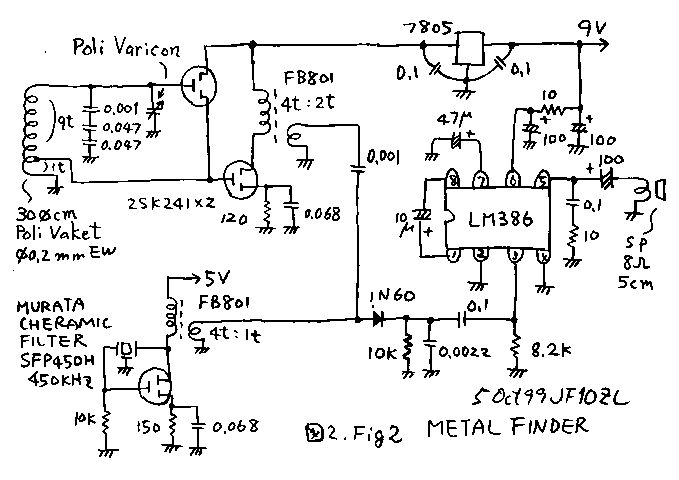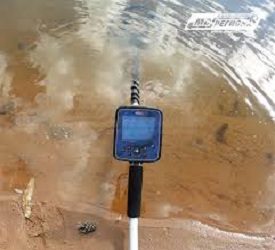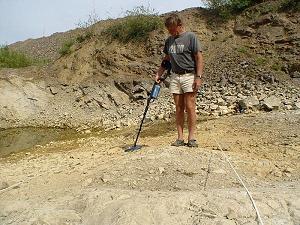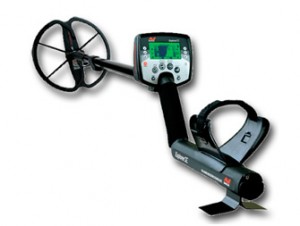The main parameters of metal detectors In the category treasure hunting more articles and learn more information about The main parameters of metal detectors Reviews Price Specifications Features Image manuals videos Accessories All this in metal detectors for gold.
The main parameters of metal detectors
All the world’s metal detectors have certain parameters , the presence or absence of which allows the owner of the detector to solve certain problems . Also, these parameters determine the depth of the detection sensitivity of the device .
Let’s start with one of the most important parameters for any search engine , whether a beginner or a pro, this is the depth of detection.
Almost all the major manufacturers of metal detectors do not indicate the maximum depth of detection and if it indicates that it is usually the results of laboratory tests, that in the field may vary. Frequently depth detection field is lower than laboratory parameters . It depends on the size of the target , ie, the larger the target, the deeper it detects a metal detector . One of the main reasons for the different laboratory and field performance is ground. If you take one and the same instrument , the same target , the depth of detection of the target in black soil and sand will be significantly different . While in the ground , the metal is oxidized and thus acquires additional properties that also affect the depth of detection . Overall statistics show that the majority of metal detectors detect targets at depths ranging from 10 cm to 150 cm, with the exception of the underlying metal detectors, which are targets at depths of up to 4 meters.

The main parameters of metal detectors
In order to reduce the degree of influence on the soil depth of detection in modern metal detectors has a function of detuning from the ground. In different models of metal detectors , this feature can be configured in two modes: a) automatic ground (Explorer E-trac) – Metal Detector finds its own best mode of operation , b) semi-automatic mode – the operator by pressing the ground balance , must wait until the device tuned from the ground.
Also, one of the most important characteristics of metal is , the frequency at which they operate.
Depending on the frequency on which to operate your metal detector, it will look for deep targets , but did not see the small ( 3 kHz ), or vice versa to see fine goal, but the depth of detection is not high (18.75 kHz). Metal detectors are in the price range up to 15 thousand rubles , usually only work on one frequency metal detectors in the price range ot15 to 30 working two or three frequencies , usually they are equipped with a universal coil with a frequency 7.5 kHz. More expensive devices operate on 28 frequencies simultaneously , in which technology is implemented FBS. The meaning of this technology is simple , the device detects a target , analyzes information for each frequency , and outputs data definition audio and digital signals . When working with a metal detector that implements this technology , you need to be especially careful, because if you spend too quickly over the target device does not have time to analyze and correctly interprets the operator does not beep , thereby missing valuable purpose . FBS technology is implemented in the metal detectors such as Safari, Explorer SE, Explorer E-trac.
Another characteristic , which we consider to be ” Deviation from electrical interference .”
It often happens that our brother works under power lines , next to the other search engines , as well as almost everyone has a mobile phone , all this creates certain obstacles that interfere with the metal detector . To reduce the effects of electrical noise in many metal detectors (Explorer SE, E-Trac) has a function of ” tuning away from electrical interference .” This function allows you to rebuild the metal detector from all devices that can create light, thereby operator is able to continue its work .
A very important aspect of the metal detector is the coil , which it is equipped . This is especially important if your device is not 28 -frequency , since the choice of the coil will depend on the depth and size of the target detection . Modern reel except frequency also have different shapes and sizes, the following types of coils ) coil and DoubleD Mono – they differ form generated radiation , ie DD- cylindrical and Mono – conical in coil form divided into round , round allows faster inspect the search area at the time, as coil can more accurately separate the two lying near the target.
Almost all modern metal detectors equipped with the function «PinPoint» – mode of accurate detection of the target . This feature is ideal for coin as when passing over the coil end, with metal inclusions Pin Point will sound signal and this signal is amplified depending on the proximity to the target.
Many novice searchers asked the question : ” What is the sensitivity of the metal detector ? ” And frankly their legitimate question and not unfounded . Since the higher the sensitivity , the higher the depth of detection and the ability to detect small targets . Sensitivity – is the reaction of the metal to change the received signal , the ability to capture not a significant change in the signal. It follows that the higher the sensitivity is , the higher the chances not to miss valuable goal .
Another characteristic that we consider is the polyphony of the detector . This feature allows the operator to receive audio identification purposes ie depending on how the operator has received a sound signal it is able to determine the type of target . There are devices that have only two signals is the goal , there is a certain sound , no goal – instrument is silent.
Along with the depth and sensitivity of the metal detector performs an important characteristic of discrimination , ie the ability to distinguish between metal and give the operator a specific digital indicator or graphic . In all devices , there is such a thing as a mask discrimination, it allows you to exclude from the search of a particular metal. All of the modern metal detectors have factory mask discrimination that the search engine can select or edit on your own.
Most metal detectors are searching only for one parameter of metal – electrical conductivity , the more advanced models utilized by the two parameters of conductivity and inductance that can more accurately determine the type of metal.
Related Articles
- Minerals-Facts About Rocks And Minerals
- Metal detectors for beginners searchers
- CCTV surveillance cameras Most surveillance cameras
- How to clean gold ammonia
- TOP DETECTOR SECURITY GATE
- The ancient Egyptians wore rings on the legs
- Teknetics Gamma 6000 Metal Detector
- Video security system Apartment house
- Methods of gold mining
- smart home security system













